How Weather Affects Remote Fishing Spots in The US and How to Adapt
The changing patterns of weather have always been the silent conductor orchestrating the rhythm of fishing in America’s remote waters. From the mist-covered mountain streams of the Appalachians to the windswept coastlines of the Pacific Northwest, weather conditions dramatically influence fish behavior, water conditions, and angler success. For those who venture beyond the easily accessible fishing spots into the remote wilderness areas, understanding these weather impacts becomes not just about maximizing catch rates but ensuring safety and survival. This comprehensive guide explores the intricate relationship between weather patterns and remote fishing locations across the United States, offering practical adaptations for anglers seeking to navigate these challenging but rewarding environments.
Whether you’re planning a fly fishing expedition to a secluded Montana stream or preparing for a multi-day journey to Alaska’s backcountry lakes, knowing how to read, interpret, and respond to weather’s influence can transform your fishing experience.
The Science Behind Weather’s Impact on Fish Behavior
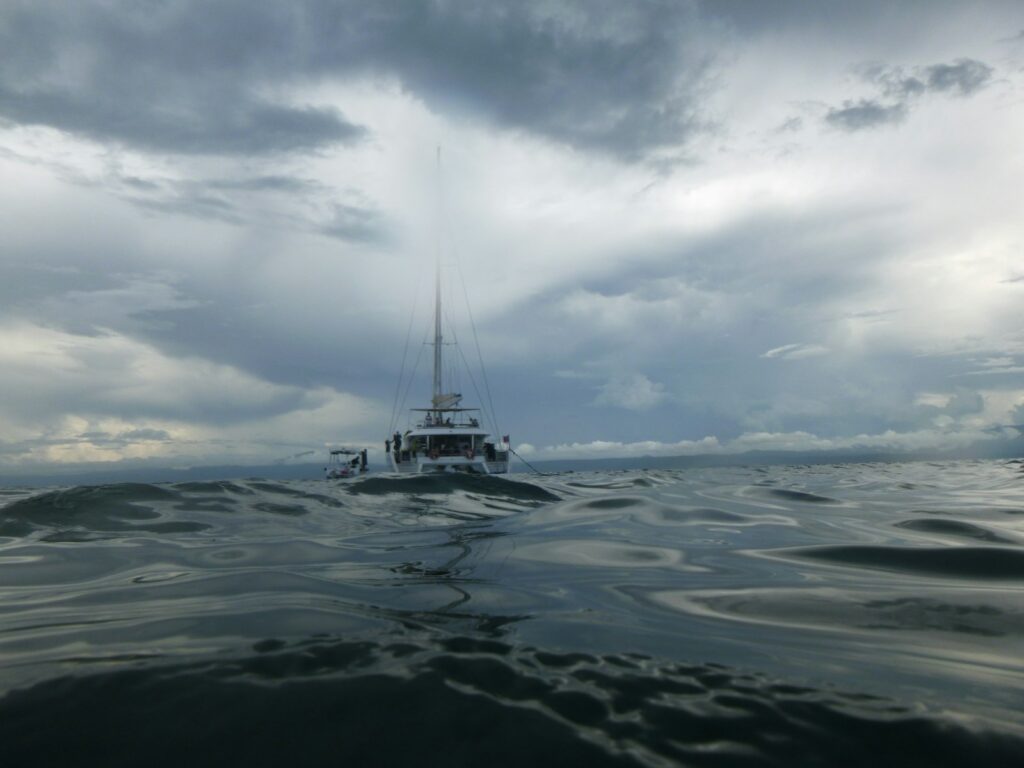
Fish, being cold-blooded creatures, are fundamentally tied to their environment’s temperature in ways that directly affect their feeding patterns, metabolism, and overall activity levels. When water temperatures change even slightly due to weather shifts, fish respond by altering their depth preferences, feeding schedules, and energy expenditure. During cold fronts, for instance, many species become notably lethargic as their metabolism slows, often retreating to deeper waters where temperatures remain more stable. Conversely, warming trends can trigger increased activity and feeding frenzies as fish capitalize on their heightened metabolism and the influx of food sources that often accompany warmer conditions.
Understanding these biological responses provides the foundation for adapting fishing techniques to match the current weather-influenced behavior of your target species in remote locations. Beyond temperature, factors like barometric pressure changes, which often precede weather systems, can trigger feeding activity before storms and suppress it afterward, creating windows of opportunity the prepared angler can exploit.
Barometric Pressure: The Invisible Force
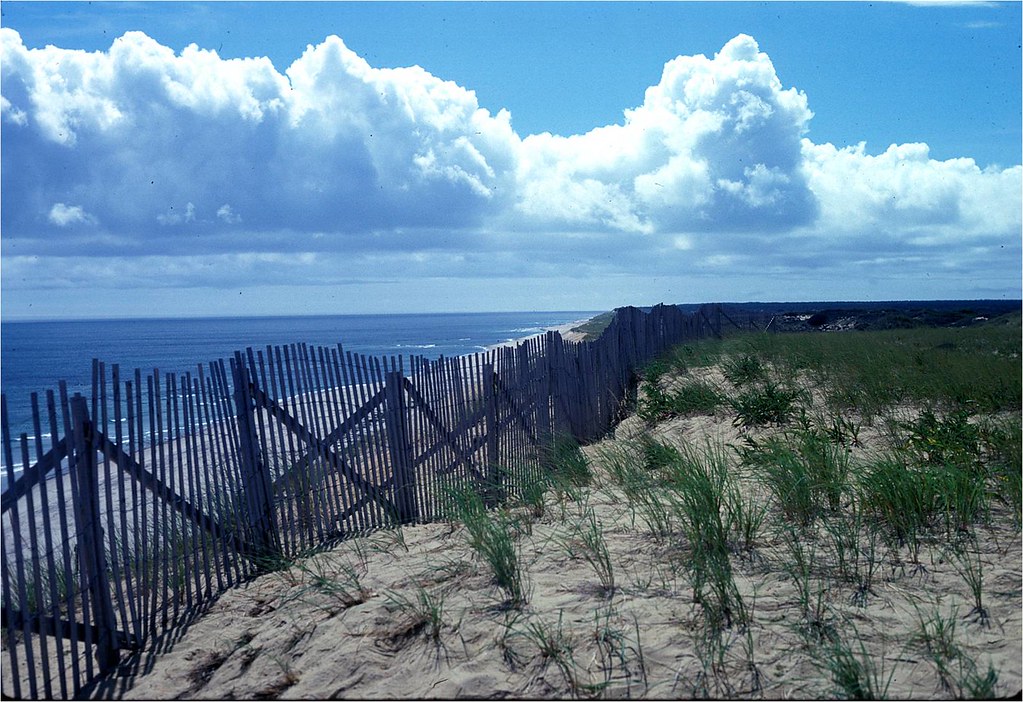
Barometric pressure represents one of the most subtle yet powerful weather influences on fishing success in remote waters. Fish possess highly sensitive lateral lines and air bladders that detect even minor pressure changes, often before humans notice shifting weather patterns. Research suggests that falling barometric pressure, which typically precedes stormy weather, often triggers increased feeding activity as fish instinctively prepare for potentially reduced feeding opportunities during the approaching storm. Conversely, high and stable pressure systems frequently associate with clear skies and can lead to more challenging fishing conditions, particularly in shallow waters where fish become more cautious and less active.
In remote fishing locations, where anglers have invested significant time and resources to reach, understanding these pressure patterns becomes especially valuable for timing fishing efforts to coincide with the most favorable conditions. Many experienced wilderness anglers now consider portable barometers essential equipment, allowing them to make real-time tactical adjustments based on pressure trends rather than visual weather cues alone.
Mountain Stream Fishing and Weather Volatility
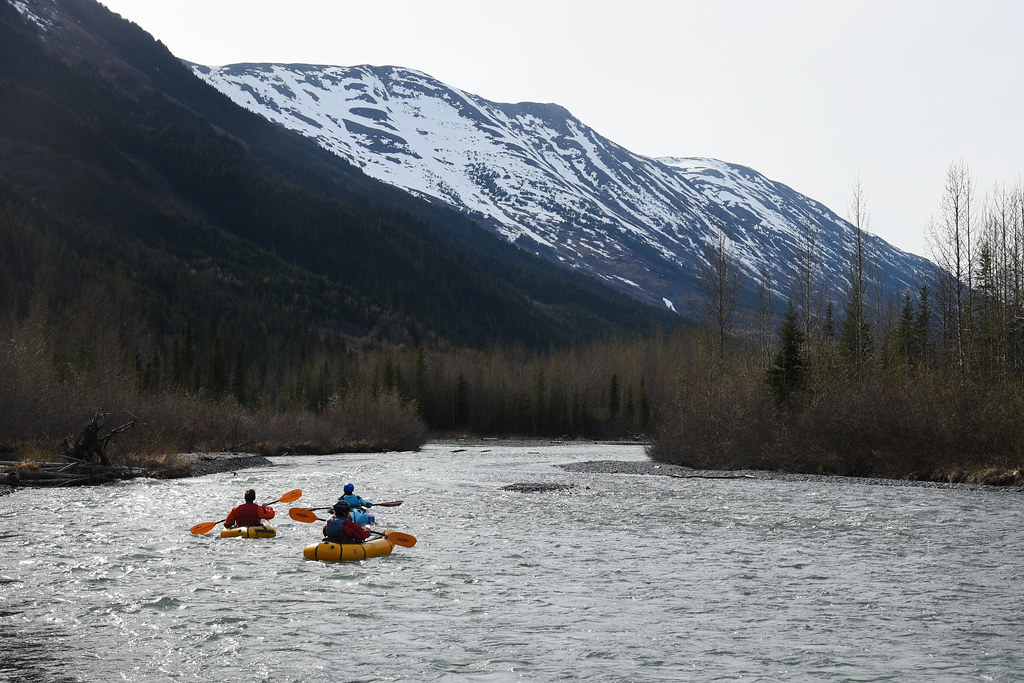
Remote mountain streams present unique weather challenges due to their rapid response to precipitation and temperature fluctuations. A single afternoon thunderstorm in the watershed can transform a clear, fishable stream into a chocolate-colored torrent within hours, rendering conventional fishing techniques ineffective. Savvy backcountry anglers targeting these environments develop the habit of checking weather forecasts not just for their fishing location but for the entire upstream watershed that feeds their target stream. High-elevation environments are particularly prone to afternoon thunderstorms during summer months, creating a rhythm where mornings often provide the most reliable fishing windows.
Temperature fluctuations also significantly impact mountain stream fishing, with nighttime cooling at high elevations potentially dropping water temperatures below optimal ranges for fish activity early in the morning. Adapting to these conditions often means adjusting fishing schedules to target the warming trend between dawn and mid-day when fish become increasingly active but before potential afternoon storms develop.
Coastal Weather Patterns and Remote Saltwater Spots
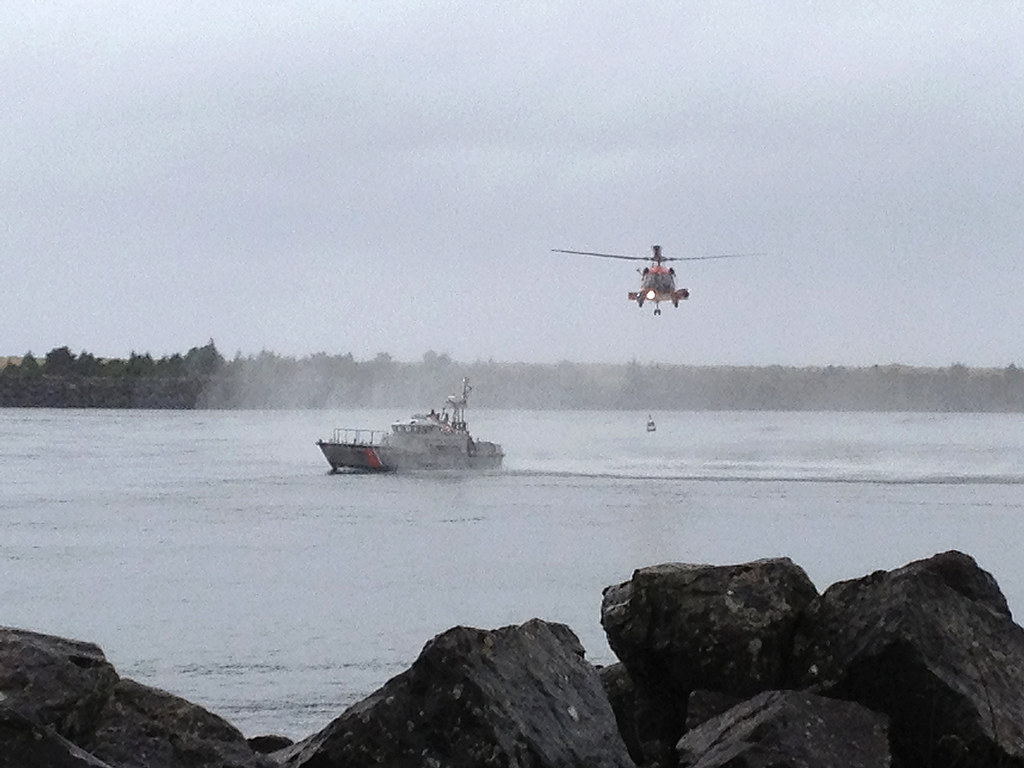
Remote coastal fishing locations face weather challenges distinctly different from inland waters, with wind direction and strength often becoming the dominant factor influencing fishing success. Onshore winds can create turbid conditions along beaches and in shallow bays, while simultaneously pushing baitfish toward shore and potentially triggering feeding activity among predatory species. Offshore winds, conversely, often create clearer water conditions but may push desirable surface food sources away from shore, requiring different targeting strategies. Tidal interactions with weather patterns add another layer of complexity, as strong winds opposing tidal flows can create dangerous conditions while also affecting water clarity and fish positioning.
Remote coastal locations also require heightened weather awareness for safety reasons, as changing conditions can quickly affect navigation and return routes. Experienced coastal anglers in remote settings develop detailed understanding of how local landforms interact with wind patterns, allowing them to identify protected fishing areas that remain productive even during challenging weather conditions.
Seasonal Weather Considerations for Remote Lake Fishing

Remote lakes respond to seasonal weather patterns in ways that create distinct fishing opportunities throughout the year for those willing to access these distant waters. Spring weather patterns typically bring fluctuating temperatures that trigger spawning behaviors in many species, though cold fronts can temporarily halt this activity and force adaptations to deeper presentations. Summer establishes more predictable patterns where early morning and evening fishing often produces best results as fish seek thermal refuge during hot midday periods. Fall brings cooling trends that frequently trigger feeding frenzies as fish prepare for winter, though passing cold fronts can temporarily suppress this activity.
Winter weather creates the most challenging access issues for remote lakes, but also some of the most productive fishing for species like lake trout that become more active in cold water. Understanding these seasonal weather patterns allows anglers to properly time expeditions to remote lakes when conditions align with both peak fish activity and reasonable access conditions, maximizing the return on the significant effort required to reach these distant waters.
Flash Flood Risks in Desert Canyon Fisheries
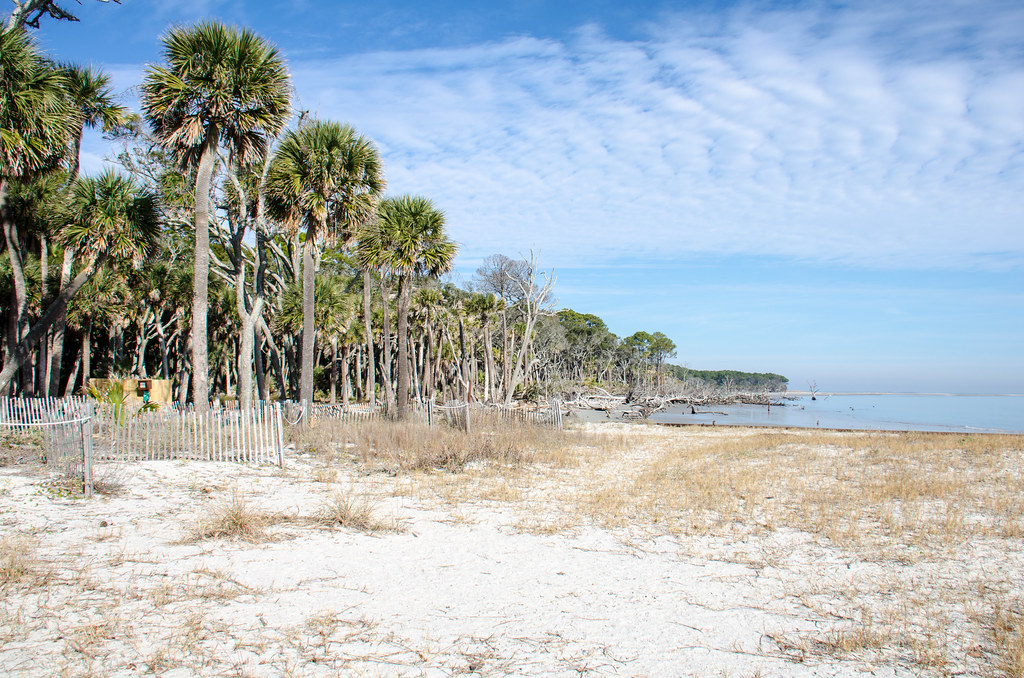
Remote desert canyon streams and rivers present some of America’s most unique fishing environments, but also some of the most weather-vulnerable locations requiring specialized knowledge for safe access. These waterways can transform from peaceful fishing havens to life-threatening flash flood zones with startling speed when thunderstorms occur anywhere in their watershed, even when skies remain clear at the fishing location itself. Successful anglers targeting these remote environments develop vigilant weather monitoring habits, including checking regional radar imagery before entering canyons and maintaining awareness of escape routes to higher ground.
The fishing itself in these environments often follows a counterintuitive pattern where slightly cloudy conditions frequently outperform clear skies by moderating water temperatures and reducing the extreme caution fish exhibit under bright desert sunlight. Post-rainfall periods in desert environments, once water clarity begins to improve, often provide exceptional fishing opportunities as nutrients washed into the system stimulate entire food chains. Developing the ability to recognize the subtle difference between beneficial light rainfall and potential flash flood conditions becomes a critical skill for anyone regularly fishing remote desert waterways.
Wind Effects on Remote Alpine Lakes
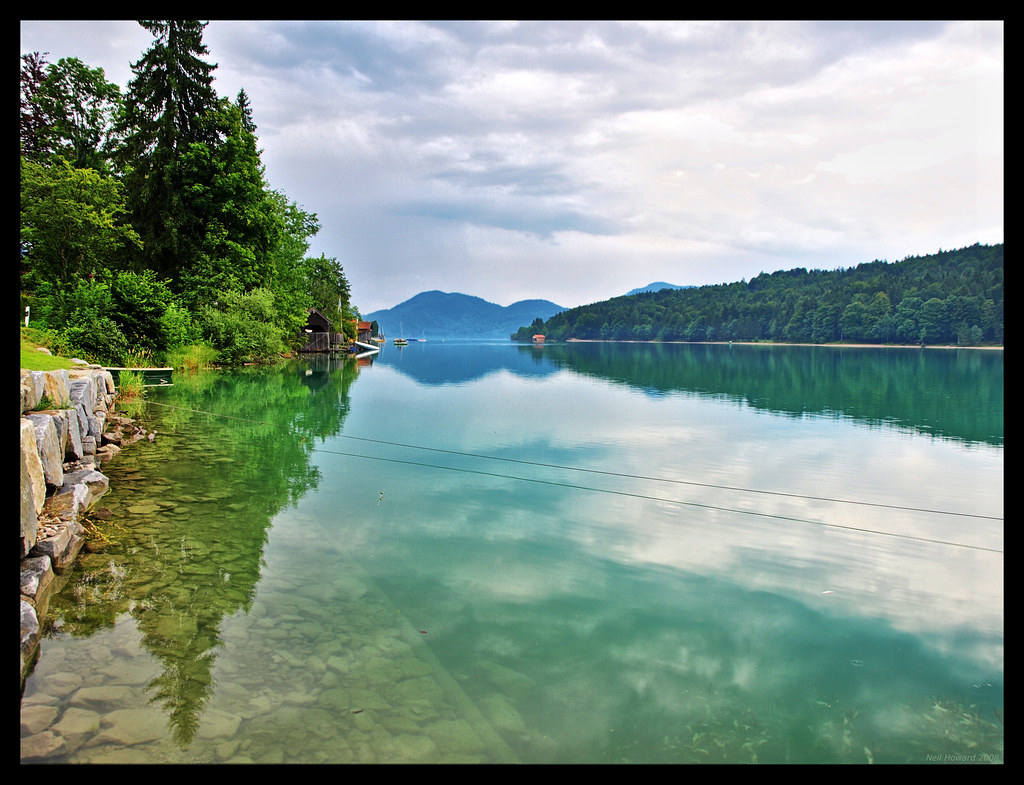
High-altitude alpine lakes in remote settings experience wind patterns that significantly influence fishing success through multiple mechanisms. Wind creates oxygenation through surface disturbance, potentially attracting fish to windward shorelines where both oxygen levels and food availability increase. These same winds concentrate floating food sources into defined areas, creating feeding zones that knowledgeable anglers can target. However, strong alpine winds also present significant challenges, making accurate casting difficult and potentially creating unsafe boating conditions on larger remote lakes. The wilderness angler learns to use wind to their advantage by positioning along shorelines where prevailing winds push food sources, while also understanding how surrounding terrain features create protected areas during excessively windy conditions.
Alpine environments also experience diurnal wind patterns where calm mornings frequently give way to stronger afternoon winds, encouraging early starts for those accessing these remote fisheries. Advanced wilderness anglers often bring compact wind meters to remote alpine settings, allowing precise measurement of wind speeds to inform both fishing tactics and safety decisions when far from assistance.
Lightning Safety in Remote Fishing Locations

Lightning represents one of the most immediate weather threats to anglers in remote settings, where holding a graphite rod while standing in water creates particularly vulnerable conditions. Unlike urban environments with abundant shelter options, remote fishing locations often provide limited protection, making advance planning and constant awareness essential safety practices. The conventional wisdom of counting seconds between lightning and thunder to estimate distance becomes a critical skill, with the recommendation to seek appropriate shelter when lightning is within 10 miles (approximately 50 seconds between flash and thunder). In remote settings without buildings, appropriate shelter includes fully enclosed metal vehicles or specialized lightning positions in forest environments away from the tallest trees.
Many experienced wilderness anglers now incorporate lightweight emergency weather radios into their remote fishing kits, providing advance warning of approaching electrical storms when cell service is unavailable. Understanding the typical daily pattern of thunderstorm development in your fishing region also proves valuable, allowing for fishing schedules that target periods with statistically lower lightning risk.
Technology for Weather Monitoring in Remote Areas
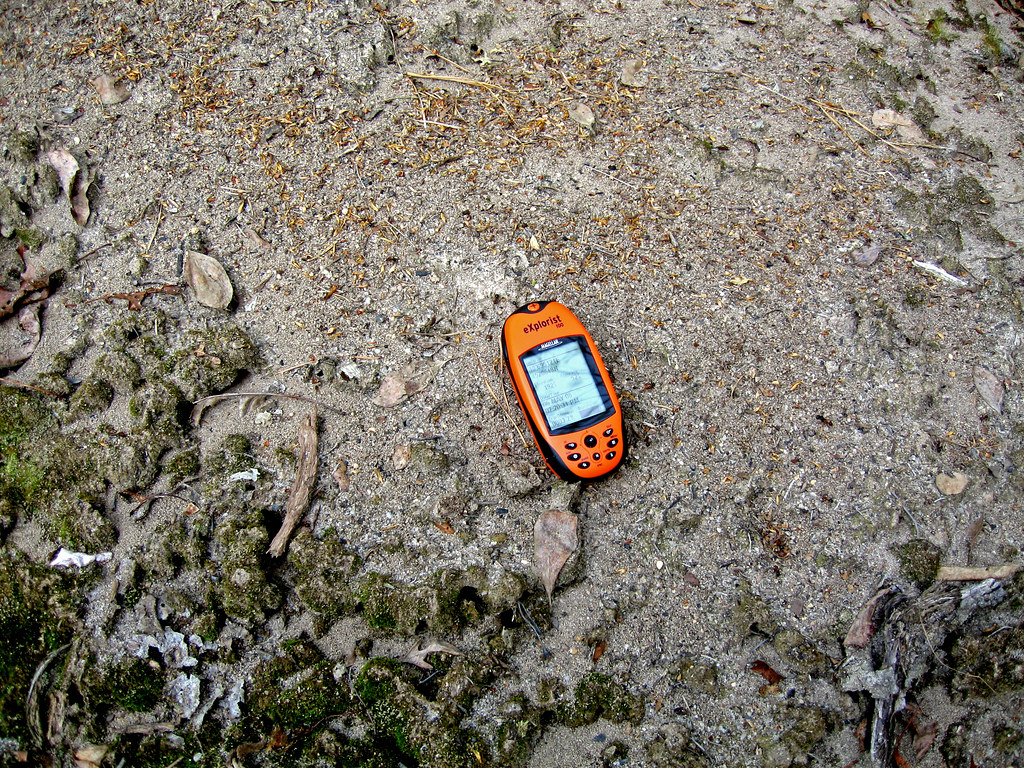
The technological revolution in weather forecasting has transformed the ability of anglers to safely access and fish remote locations with previously impossible precision. Satellite communicators like Garmin inReach devices now provide two-way messaging capabilities and weather forecast delivery even in locations without cellular coverage, representing a game-changing safety enhancement for wilderness anglers. Specialized weather apps incorporating high-resolution radar imagery allow detection of approaching precipitation with remarkable accuracy, though their utility diminishes in areas without data connectivity. For truly remote expeditions, compact weather instruments including barometers, thermometers, and wind meters provide real-time environmental data that experienced anglers can interpret into fishing strategy adjustments.
Some dedicated wilderness anglers now utilize weather prediction techniques incorporating both technology and natural observation, such as monitoring cloud formations, wind shifts, and animal behavior patterns that often precede significant weather changes. This combined approach of digital tools and traditional weather reading skills provides the most comprehensive weather awareness in remote settings.
Adapting Tackle and Techniques to Weather Conditions
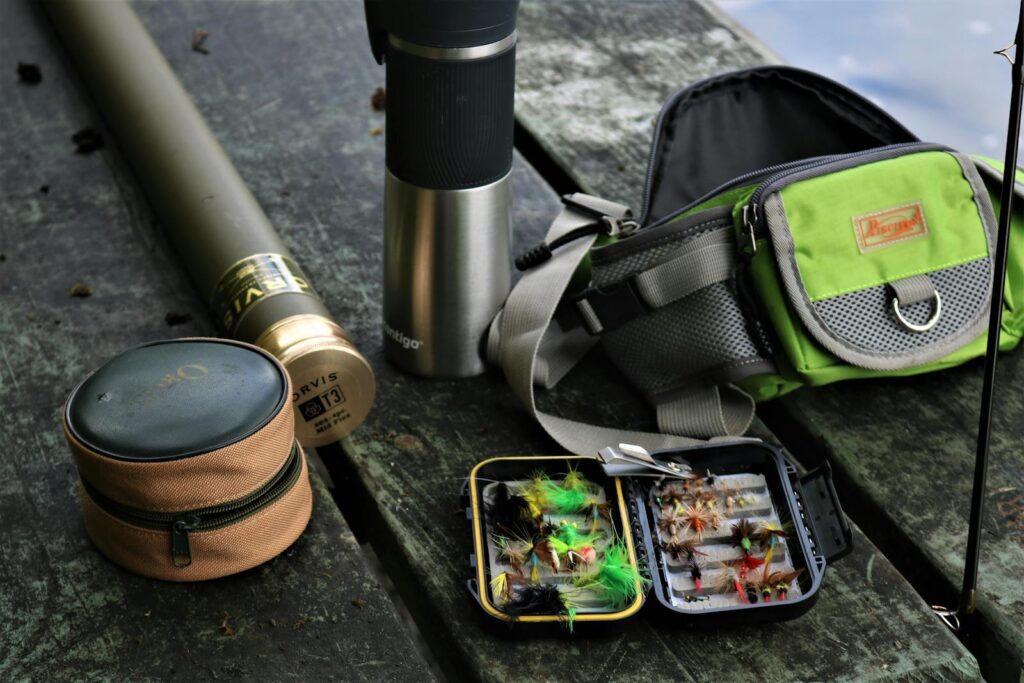
Weather conditions directly influence optimal tackle selection and presentation techniques, with successful remote fishing often requiring flexible approaches responsive to changing conditions. During high-pressure, clear conditions that typically make fish more cautious, downsizing tackle components including line diameter, lure size, and hook dimensions often produces better results, though this requires carrying additional specialized equipment to remote locations. Conversely, reduced visibility conditions from weather events like light rain or moderate wind can enable more aggressive presentations with larger lures and heavier tackle that would prove ineffective during clear conditions.
Wind significantly impacts casting techniques, with experienced anglers developing specialized casts including side-arm deliveries and abbreviated casting strokes to maintain accuracy in breezy conditions. Some weather adaptations involve counter-intuitive approaches, such as specifically targeting shorelines receiving direct wind exposure where feeding activity often increases despite the casting challenges these areas present. The wilderness angler’s ability to match their approach to current weather conditions often determines success when fishing remote waters that receive minimal pressure but demand maximum adaptability.
Planning Remote Fishing Trips Around Weather Windows
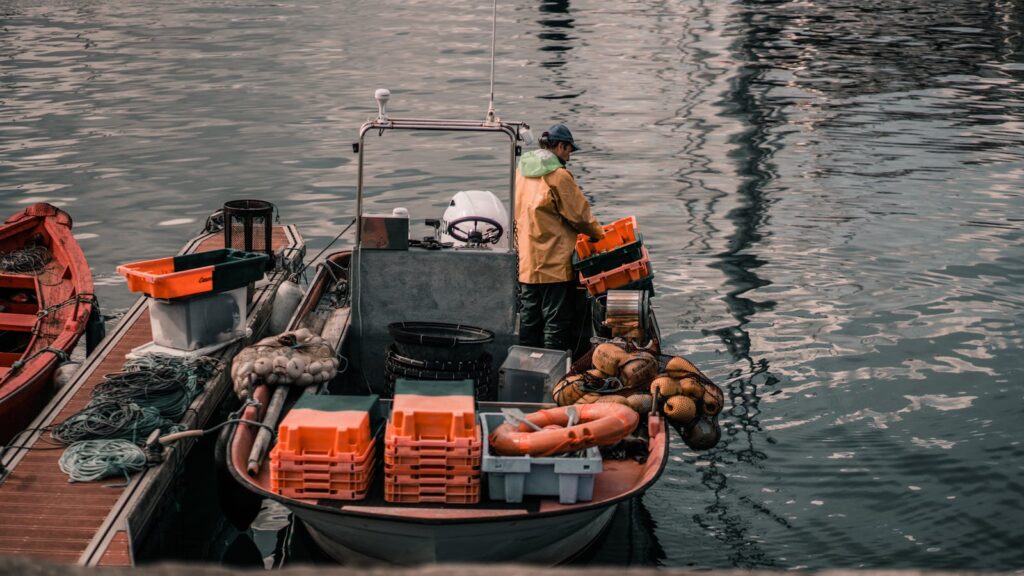
The substantial investment of time and resources required to access truly remote fishing locations makes strategic weather planning a crucial element of trip success. Unlike accessible local waters where anglers can simply return another day if conditions prove unfavorable, remote expeditions often represent one-time opportunities where weather adaptation becomes essential. Experienced wilderness anglers develop the practice of building flexibility into their trip timelines whenever possible, including buffer days that allow waiting out temporary unfavorable conditions. Planning remote trips during seasonally optimal weather windows significantly improves success probability, though this requires detailed research into historical weather patterns for specific regions.
Many dedicated remote anglers maintain detailed journals of weather conditions encountered on previous trips, building personal databases of how specific locations fish under various conditions. When targeting the most weather-sensitive remote fisheries, some anglers now utilize specialized long-range forecast services that provide detailed predictions beyond the standard 7-10 day outlook, allowing trip timing to coincide with optimal conditions for their target species and location.
Emergency Weather Preparedness for Wilderness Fishing

Remote fishing locations amplify the potential consequences of unexpected weather events, requiring specialized preparation beyond what most anglers consider for accessible waters. Creating detailed emergency response plans for various weather scenarios represents a foundational safety practice, including identification of evacuation routes, natural shelter locations, and emergency communication procedures. Carrying appropriate emergency gear becomes non-negotiable for responsible wilderness anglers, including items like emergency shelters, fire-starting materials that function in wet conditions, and extra insulating layers even during warm seasons when unexpected weather changes could create hypothermia risks.
Many experienced backcountry anglers practice the “plus one” rule for remote trips, packing for conditions one category more severe than forecasted as a safety margin against weather surprises. Communication devices capable of summoning assistance during weather emergencies have evolved significantly, with personal locator beacons (PLBs) and satellite messengers now providing coverage in locations where cell phones remain useless. This comprehensive approach to weather emergency preparation creates the foundation for safely enjoying America’s most spectacular remote fishing opportunities regardless of conditions encountered.
Climate Change and Shifting Weather Patterns in Remote Fisheries
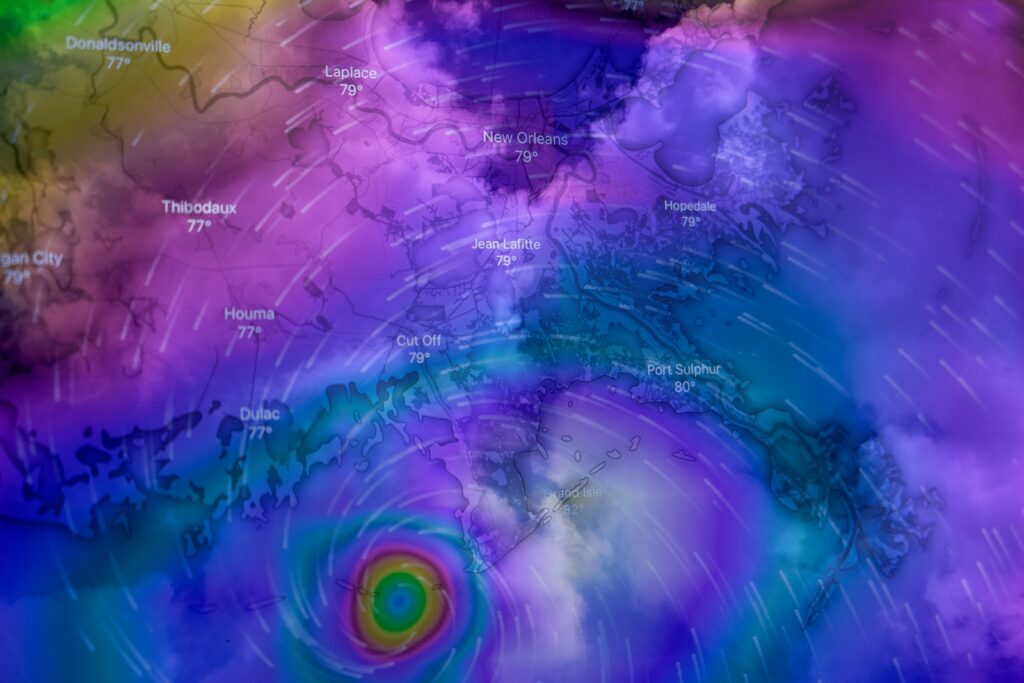
Climate change continues reshaping weather patterns affecting remote fisheries nationwide, creating both challenges and adaptations for wilderness anglers. Long-established seasonal patterns that previously guided remote fishing trip planning now demonstrate increasing variability, requiring greater flexibility and shorter-term decision making based on current conditions rather than historical norms. Warming water temperatures have shifted the viable seasons for certain cold-water species in remote settings, with some traditional summer destinations now fishing better during shoulder seasons. Increased precipitation intensity in many regions has created more frequent high-water conditions in remote streams, requiring anglers to develop specialized high-water techniques and safety protocols.
Some remote fishing regions experience more frequent extreme fire danger conditions, necessitating awareness of fire restrictions that may impact camping options during fishing expeditions. Forward-thinking wilderness anglers now incorporate climate resilience into their planning, identifying destinations with features like cold-water springs or north-facing aspects that provide thermal refuges during warming trends, ensuring productive fishing even as climate patterns continue evolving.
Conclusion
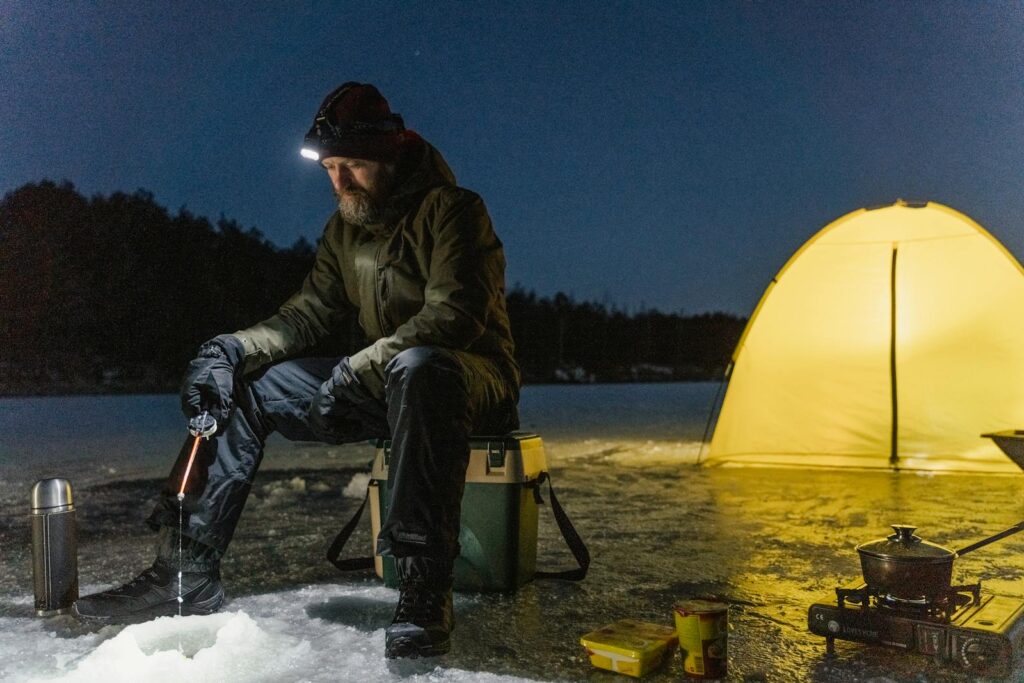
The relationship between weather and remote fishing locations across America’s vast wilderness areas creates a complex but rewarding pursuit for those willing to develop the knowledge and adaptability required. Understanding how weather affects fish behavior allows anglers to transform challenging conditions into opportunities by adjusting techniques, timing, and targets. More importantly, proper weather awareness in remote settings enhances safety when far from assistance. As both climate patterns and weather technology continue evolving, successful wilderness anglers maintain the dual approach of embracing new forecasting tools while developing traditional weather reading skills.
This balanced strategy—combining modern technology with timeless observation—creates the most comprehensive approach to weather adaptation in remote fishing environments. For those willing to invest in these weather-related skills, America’s remote fisheries continue offering some of the most extraordinary angling experiences available, where each trip combines the thrill of exceptional fishing with the satisfaction of successfully navigating nature’s ever-changing conditions.
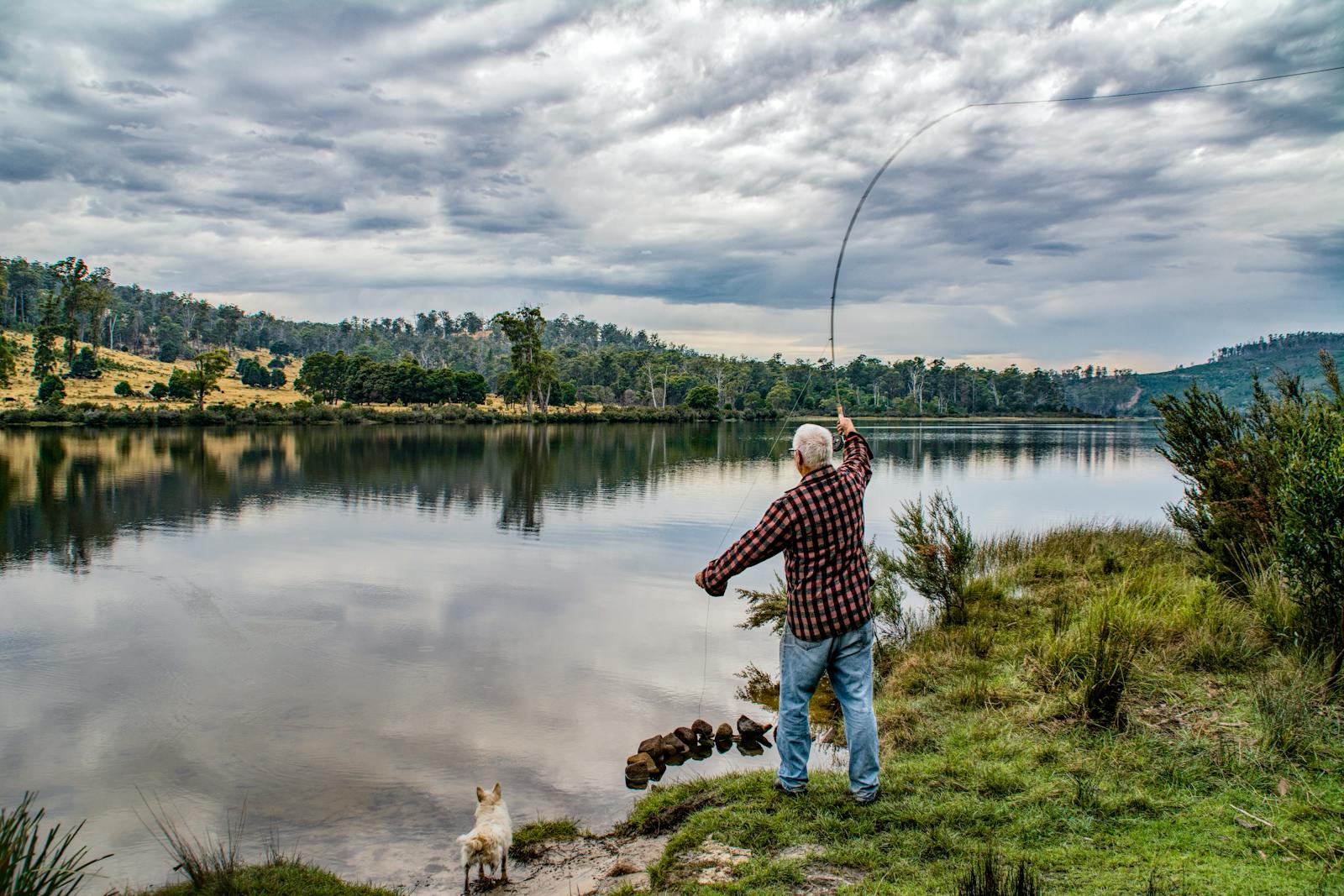











Post Comment